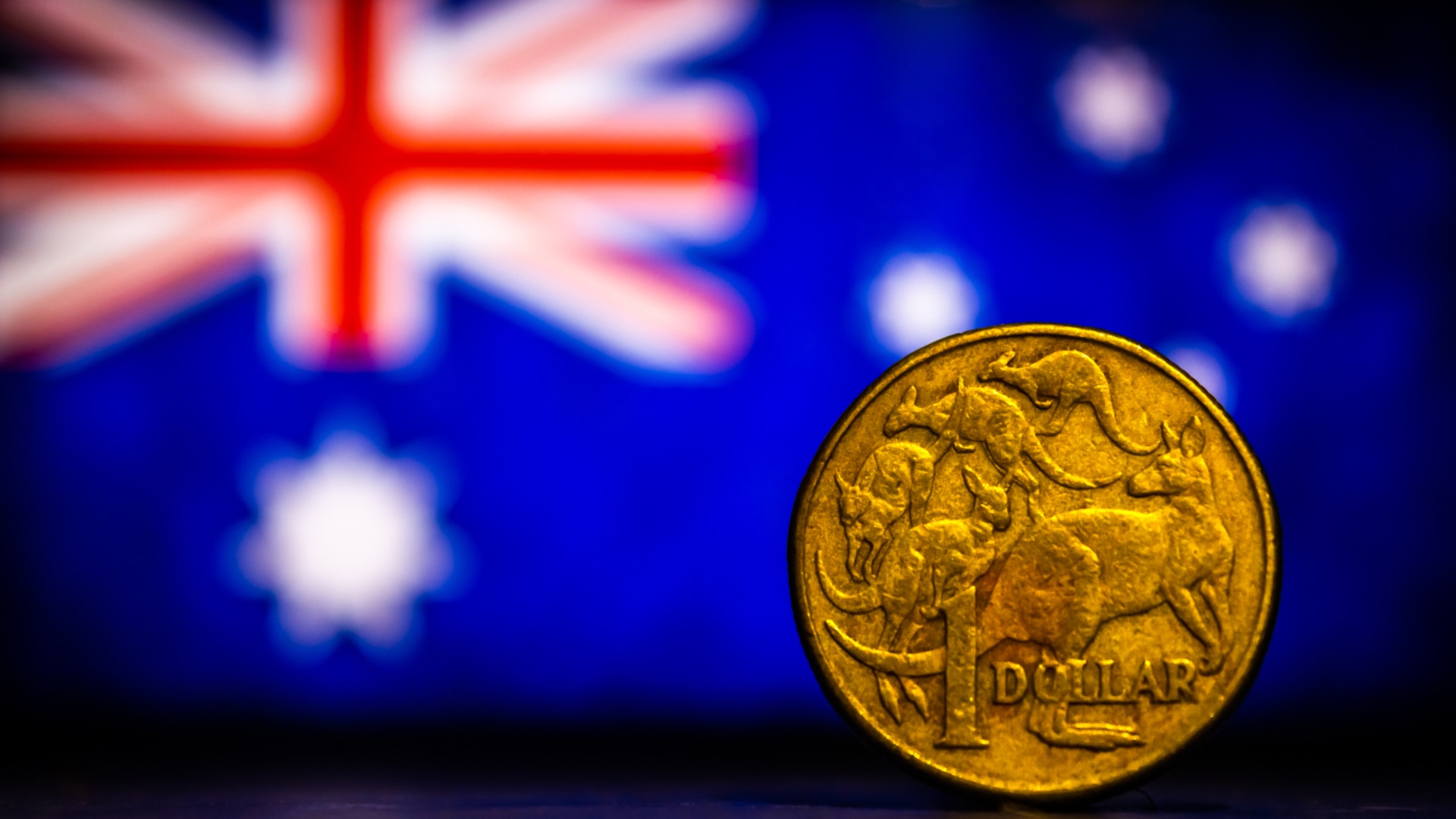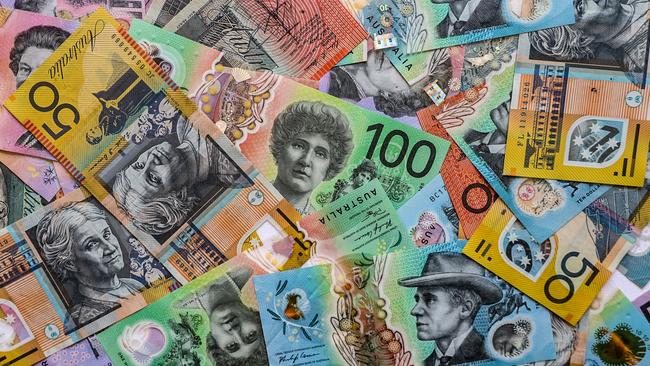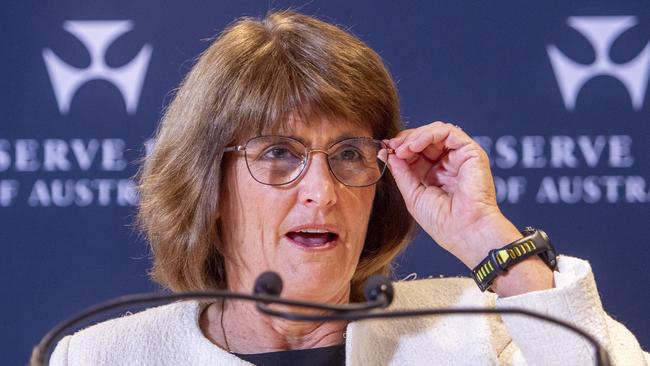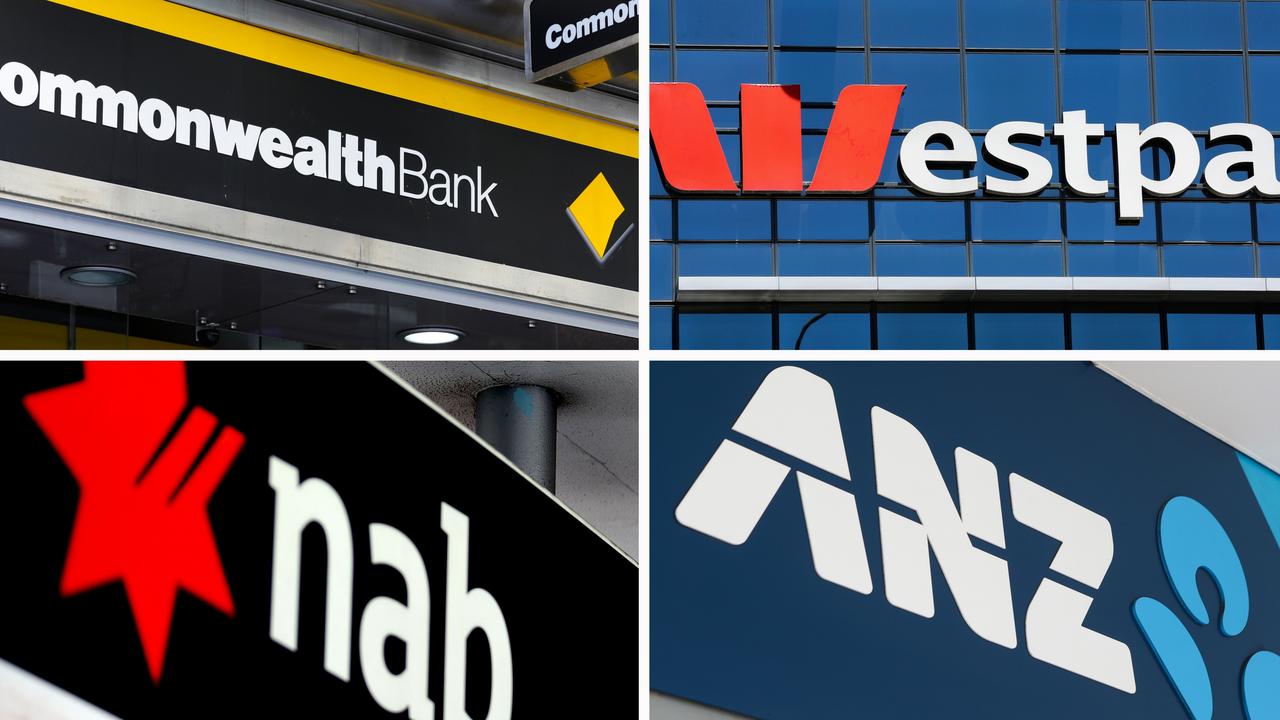‘More wary’: Weakening Aussie dollar could impact RBA’s rate cut decision
A weakening Aussie dollar could see import prices rise, adding further pressure on the RBA to hold rates higher, experts have warned.

Interest Rates
Don't miss out on the headlines from Interest Rates. Followed categories will be added to My News.
Australia’s central bank could delay the first interest rate cut in 2025 if the Aussie dollar continues to fall against the US, economists have warned.
The Aussie dollar has fallen sharply since the start of the year, with an incoming Donald Trump presidency likely to further impact the Australian dollar.
So far the Aussie dollar is trading nearly 9 per cent lower than its starting point for 2024 against the US, which is closing near the levels of the Covid pandemic in 2020.

AMP chief economist Shane Oliver said if the trend continues and the Aussie dollar falls further it could impact the RBA’s next rate decision.
“Imports account for between 10 to 15 per cent of the CPI, so it can have a significant impact.
“It means every fall in the Aussie dollar by 10 per cent adds 0.1 to 0.15 per cent to inflation,” Dr Oliver said.
The economist warns if a trade war begins between Mr Trump and China, which the incoming US President has promised, could see the Australian dollar crater.
“The Aussie dollar falling is a risk. I don’t think the Aussie dollar falls below 60 US cents unless there’s a crisis. Although President Trump could come in on January 20 with his big trade war which could be a big enough factor to push the Aussie dollar down,” Dr Oliver said.
“If it keeps falling from here, say 20 per cent since the start of 2024 it could have an impact on the RBA’s decision.”
IG market analyst Tony Sycamore agrees, saying the Australian dollar would need to continue to fall before it puts pressure on the RBA to make a rate decision.
“If the AUD/USD fell through .6000c towards .5500c and it looked like it was going to stay there, then that would give the RBA reason to reconsider the timing around its first rate cut,” he said.
However, Mr Sycamore said he is currently expecting the Aussie dollar to remain higher than 55 US cents.
Betashare chief economist David Bassanese said the falling Aussie dollar is more a reflection of the US dollar’s strength as the scaling back of rate cut expectations in the US and talks of a stimulatory Donald Trump administration lift the US dollar.
“At the margin, a weaker Australian dollar will add to imported inflation over H1’25 and so make the RBA all the more wary about cutting rates, but at this stage I don’t think the weakness is enough to rule out rate cuts,” he said.
“It still depends on the overall trend in underlying inflation, as measured by the trimmed mean.”

A weaker Australian dollar increases the cost of imported goods, which can contribute to inflation.
Although many importers hedge their currency exposure, the price increases still flow through to consumers with a lag of six months to a year.
Mr Sycamore said it is unlikely at this stage the Aussie dollar falls that low but warned the current weakness in the AUD will impact crude oil prices which would have a flow on impact on people’s back pockets.
“The RBA prefers to look at the trimmed mean measure which excludes volatile items like fuel [meaning it is unlikely to impact rates]” he said.
“Also the biggest problem we have with inflation is services inflation rather than goods inflation. Services inflation is predominantly a domestic issue and it isn’t really influenced by where the AUD/USD is trading,” he said.
Mr Sycamore said the other important thing is when you look at the AUD Trade weighed index (AUD TWI), it shows the Australian dollar is holding up - although only just.
The Australian dollar is not just measured against the US, but instead a trade-weighted index of a basket of foreign currencies. Currently it is down 4 per cent for the year.
Dr Oliver said on a trade weighted basis, the Aussie dollar is at the bottom of its usual range, between 60-70 cents.
Originally published as ‘More wary’: Weakening Aussie dollar could impact RBA’s rate cut decision


